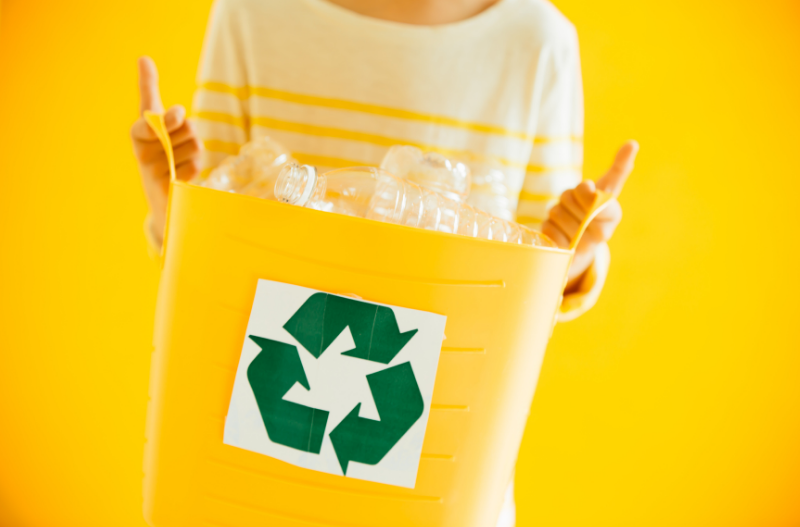As adults, we understand what waste pollution means. Plastic is everywhere from food packaging to medical devices, as well as children’s toys and hardware tools. Meanwhile, our children are growing up hearing that plastic is bad for the environment. Despite this reality, how can we show them that we have the power to change and help save the planet?
Teaching kids about recycling can be complicated. Nowadays, wastefulness is considered harmful to nature because so much of our future consumption depends on current resources. Luckily, there are ways to make recycling enjoyable and fascinating for young people.
Here are some suggestions we can take to encourage children to start recycling.
1. Go on a field trip
What could be more satisfying than experiencing it for ourselves? Although recycling begins at home, all of the debris eventually ends up somewhere else. Finding a nearby recycling facility where we can learn about the process and demonstrate to our children the importance of recycling is a critical first step.
2. Make boxes and bins attractive
After seeing the complex system from the recycler’s perspective, it’s time to simplify it for the kids. To illustrate recyclable products, using visuals rather than plain words can be more effective. Why don’t we let them guess which goes where while we’re at it?
3. Create a game
The most serious issue with recycling is that most people are unable to separate waste correctly. Identifying recyclable materials is essential when introducing the habit to kids. Adding some game elements like “Eye Spy” can make them curious, and older children can progress to practical games like scavenger hunts and recycling races.
4. Reward good habits
It may be necessary to provide some type of incentive to encourage children to engage in our recycling routines. Some facilities give refunds or credits but if not, put up a dollar jar that can be topped up every time the children recycle. A quick trip to the ice cream shop or a few additional minutes of playtime will also help.
5. Form a club
Teaching children to become waste warriors is more fun as a social activity. Not only will they feel more responsible for their actions, but they will also be encouraged to lead and conceive new ways to recycle. It also enables children to share experiences with their peers, providing them with inspiration outside the home.
6. Plan events
Laziness can kick in once in a while. We can promote creative reuse also known as upcycling, the technique of transforming waste materials into something of greater quality, to prevent children from quitting their recycling routines. There are a variety of ways to spark children’s imagination, whether it’s through upcycling workshops or donation campaigns for secondhand clothes and books.
Raising waste warriors
Plastic consumption isn’t going away anytime soon, so is there a way to influence our old habits in a constructive way for future generations? Starting children on their environmental journey at a young age is a community effort that begins at home. The task for us is to ensure that we pass on our knowledge to our children, whatever their age, of their potential impact on the earth.

